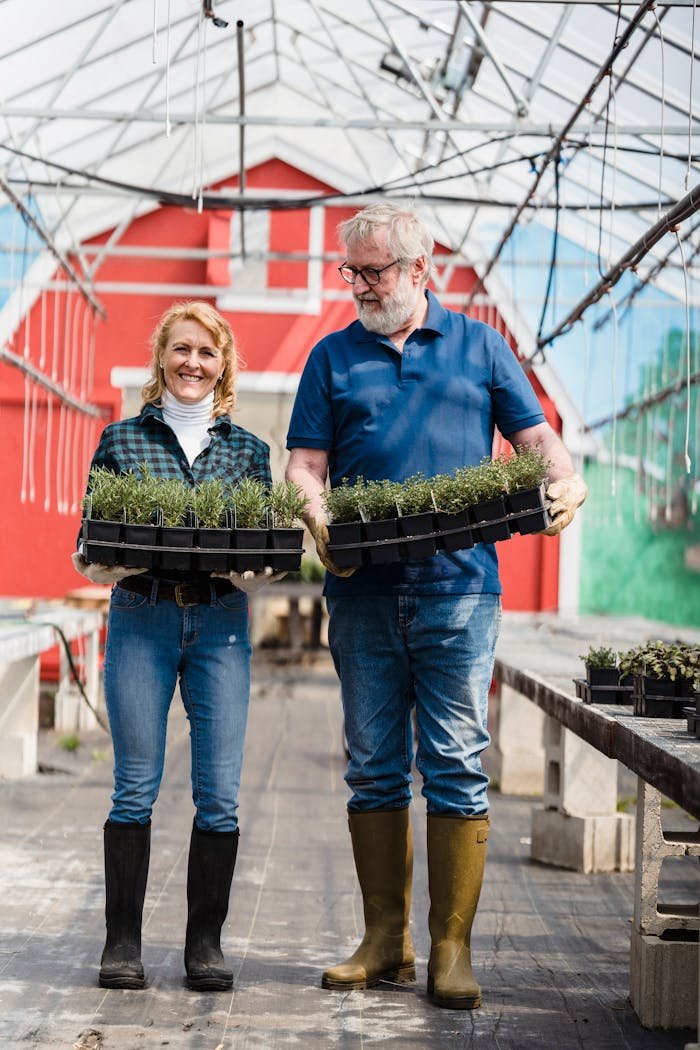When the growing season wraps up and your pepper plants are full of vibrant fruits, it’s the perfect time to think about how to save pepper seeds. Saving seeds from your healthiest, most flavorful peppers is a smart way to grow the same variety again next year—without buying new seed packets. This guide will walk you through the entire process, from picking ripe peppers to air-drying pepper seeds and how to store them safely for long-term use. You’ll also learn why heirloom pepper seeds are better for seed saving and how to spot seed maturity in peppers to ensure a strong germination rate for next season’s garden.
Why Save Pepper Seeds?
Saving pepper seeds is part of smart seed-saving techniques. You don’t just get to reuse seeds; you also keep the qualities you love in your favorite pepper variety. Whether it’s heat level, color, or plant size, saved seeds give you control. You also avoid buying seeds every season, which lowers your garden costs.
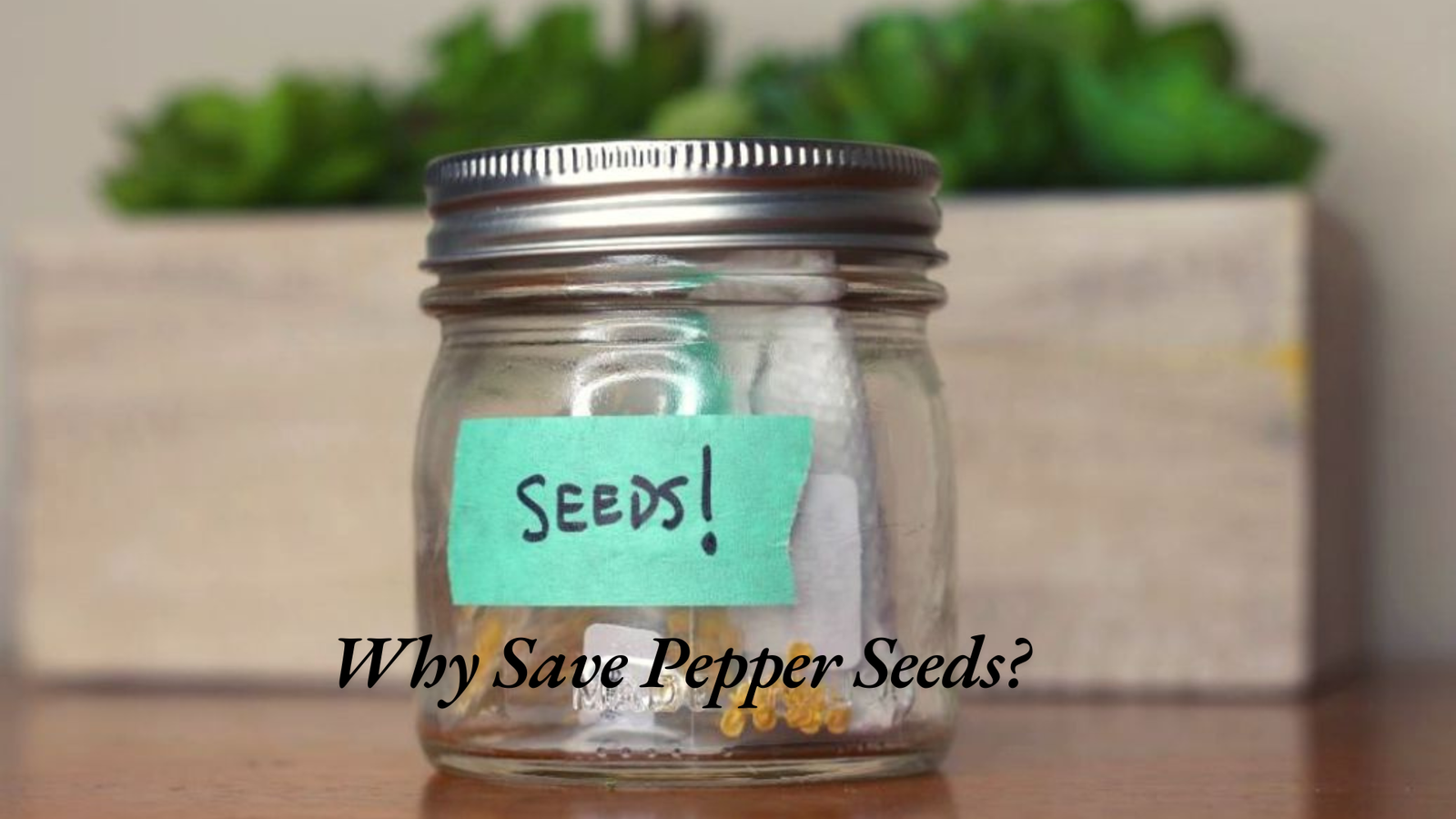
Another great benefit is preserving rare or local varieties. Many gardeners enjoy growing heirloom pepper seeds, which offer better flavor and more history than store-bought types. By saving seeds, you support plant diversity and can even trade with other gardeners. With the right steps, you’ll have a reliable source of viable pepper seeds each season.
Choosing the Right Peppers for Seed Saving
The first step is understanding the difference between hybrid and heirloom peppers. Hybrid peppers may look appealing but often don’t grow the same way from saved seeds. That’s why it’s better to use open-pollinated or heirloom varieties for seed saving. They grow faithfully to their type.
Now, you need to know how to tell if a pepper is ripe. This matters a lot for seed quality. Ripening peppers change color as they mature. Bell peppers may start green and turn red, orange, or yellow. Jalapeños go from green to red. A ripe pepper feels slightly soft when squeezed and comes off the plant easily. If you harvest too early, the seeds won’t be mature enough.
When and How to Harvest Pepper Seeds
Knowing when to harvest pepper seeds is key. Wait until the peppers are fully ripe on the plant. This procedure ensures seed maturity in peppers. Cut the pepper open lengthwise and scoop out the seeds using a spoon. Always wear gloves when saving seeds from hot peppers, as oils can burn your skin.
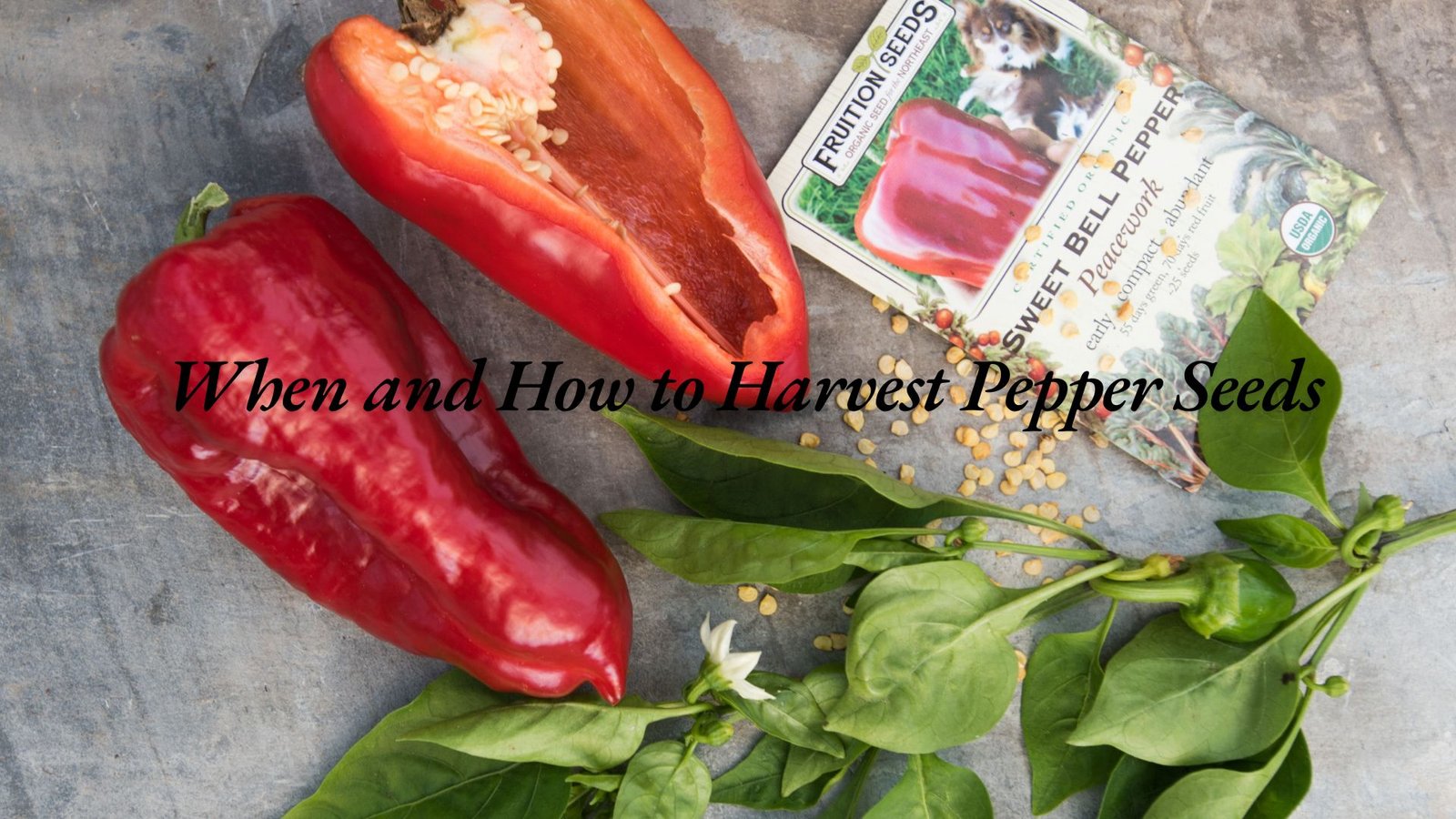
Once seeds are removed, lay them out on a ceramic or glass plate. Avoid paper towels since seeds stick to them. If you are working with different types, practice labeling pepper seeds right away to prevent mix-ups. Please note the variety and date on a piece of paper and keep it with each group of seeds.
How to Dry Pepper Seeds Properly
Drying pepper seeds correctly is the next important step. Wet seeds will not store well. Spread the seeds in a single layer in a dry, well-ventilated room. Stir them every day to ensure they dry evenly. We refer to this method as air-drying pepper seeds, which is the most natural choice.
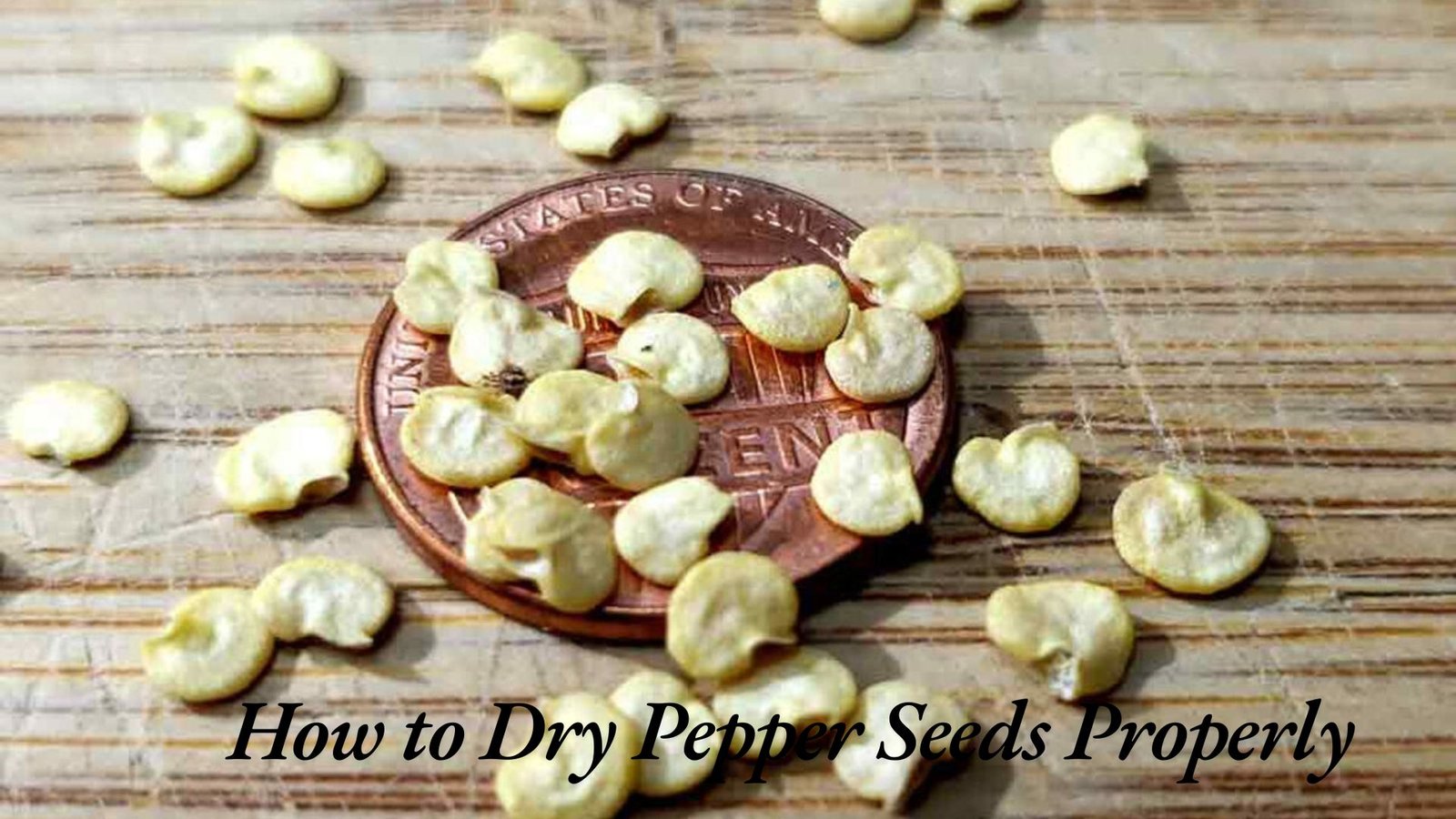
So, what’s the best way to dry pepper seeds? Keep them at room temperature in a clean area out of direct sunlight. Seeds usually dry in 5 to 10 days, depending on humidity. In humid areas, use a small fan to improve airflow. Fully dry seeds are hard, not bendable. That leads to better storage and germination.
How to Store Pepper Seeds for Maximum Viability
Now it’s time to learn how to store pepper seeds. Once dry, seeds must be kept in a cool, dry place. You can use jars, paper envelopes, or zip-seal bags. The key is keeping moisture out. Some gardeners store seeds with a silica gel packet to prevent mold. This is how you avoid mold on saved seeds.
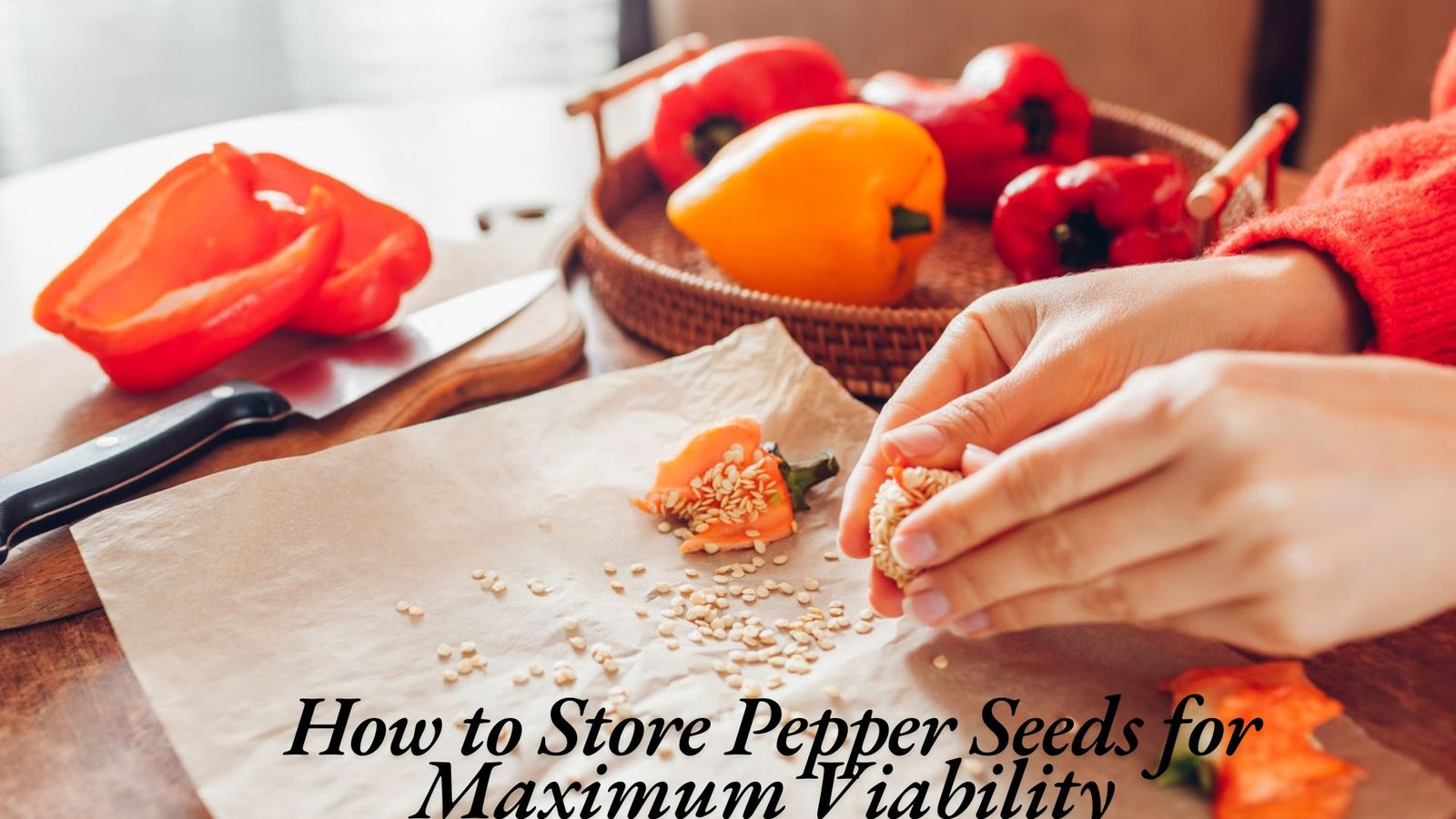
Many gardeners choose to store seeds in the fridge because they believe it is the best option. Seeds last longer at low temperatures. The fridge should stay around 40°F. Remember, storing seeds long-term means avoiding humidity and light. Don’t forget to label pepper seeds with the name and date. You’ll thank yourself next season.
Avoiding Common Mistakes and Diseases
One big mistake is saving seeds from sick plants. This can spread seed-borne plant diseases like mosaic virus in peppers. Never save seeds from peppers that showed signs of mold, rot, or deformity. Only choose healthy, fully ripened fruits. This tip is part of knowing how to avoid disease when saving seeds.
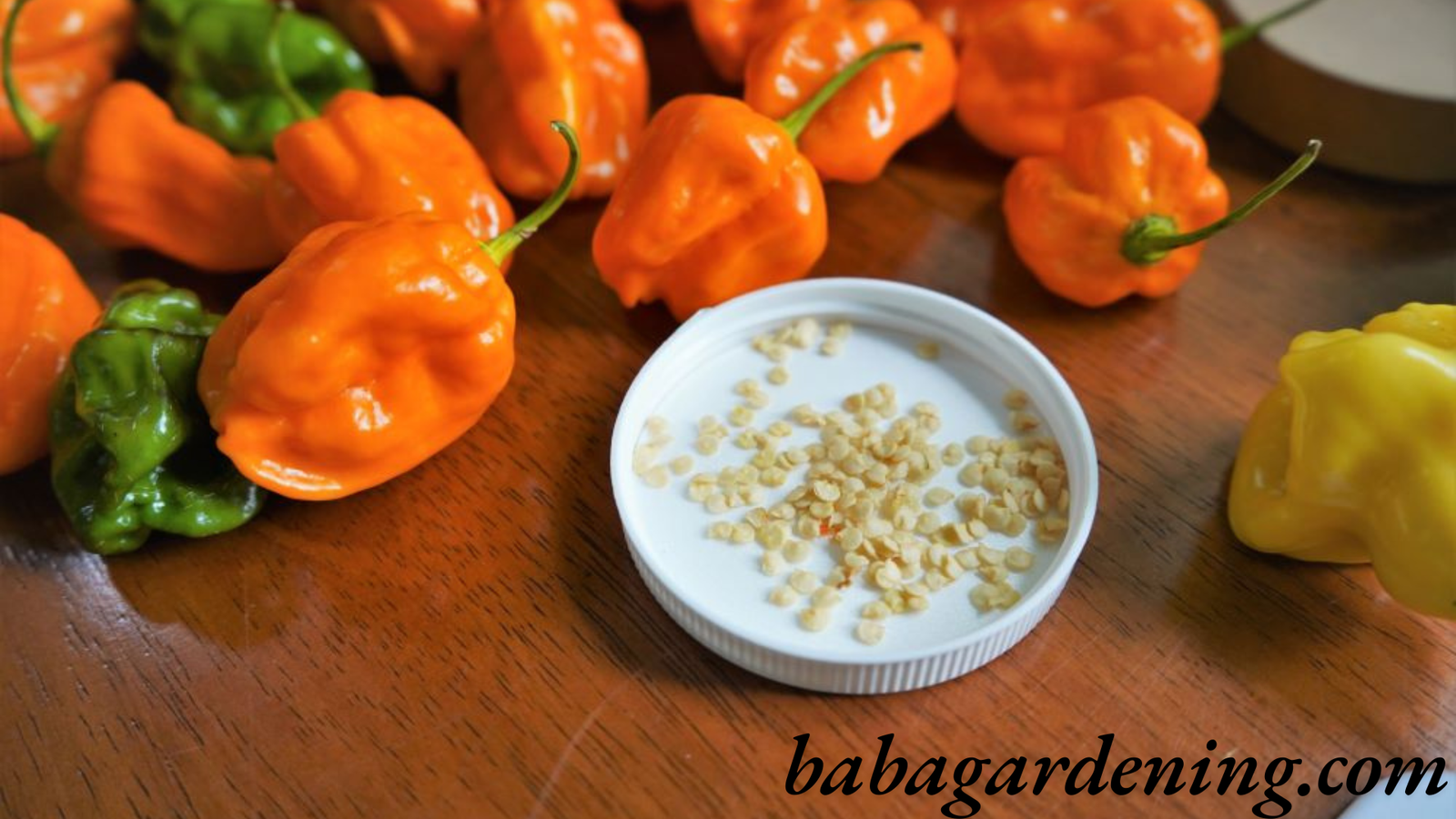
Furthermore, never store seeds if they still feel moist. Wet seeds are more likely to grow mold or rot during storage. Avoiding water and using clean, dry tools is essential. With a little care, you won’t need to worry about seed loss.
Testing Germination of Stored Seeds
Old seeds may still grow, but you need to know how to test seed viability. One easy way is the water test. Place a few seeds in a cup of water. Wait 24 hours. The seeds that sink are more likely to sprout. This method helps when deciding, Can I reuse seeds next year?”
Another option is the paper towel method. Place seeds between damp paper towels inside a plastic bag. Keep it warm for a few days. If seeds sprout, they are still viable. Always test a few before planting the whole batch.
Final Tips for Successful Seed Saving
Be sure to save more seeds than you need. Not all will sprout. Store extra seeds just in case. Rotate your saved seeds every 2–3 years. Fresh seeds usually have the best germination rate. The answer to how long pepper seeds last depends on how they’re stored. Cool, dry places help seeds last up to five years.
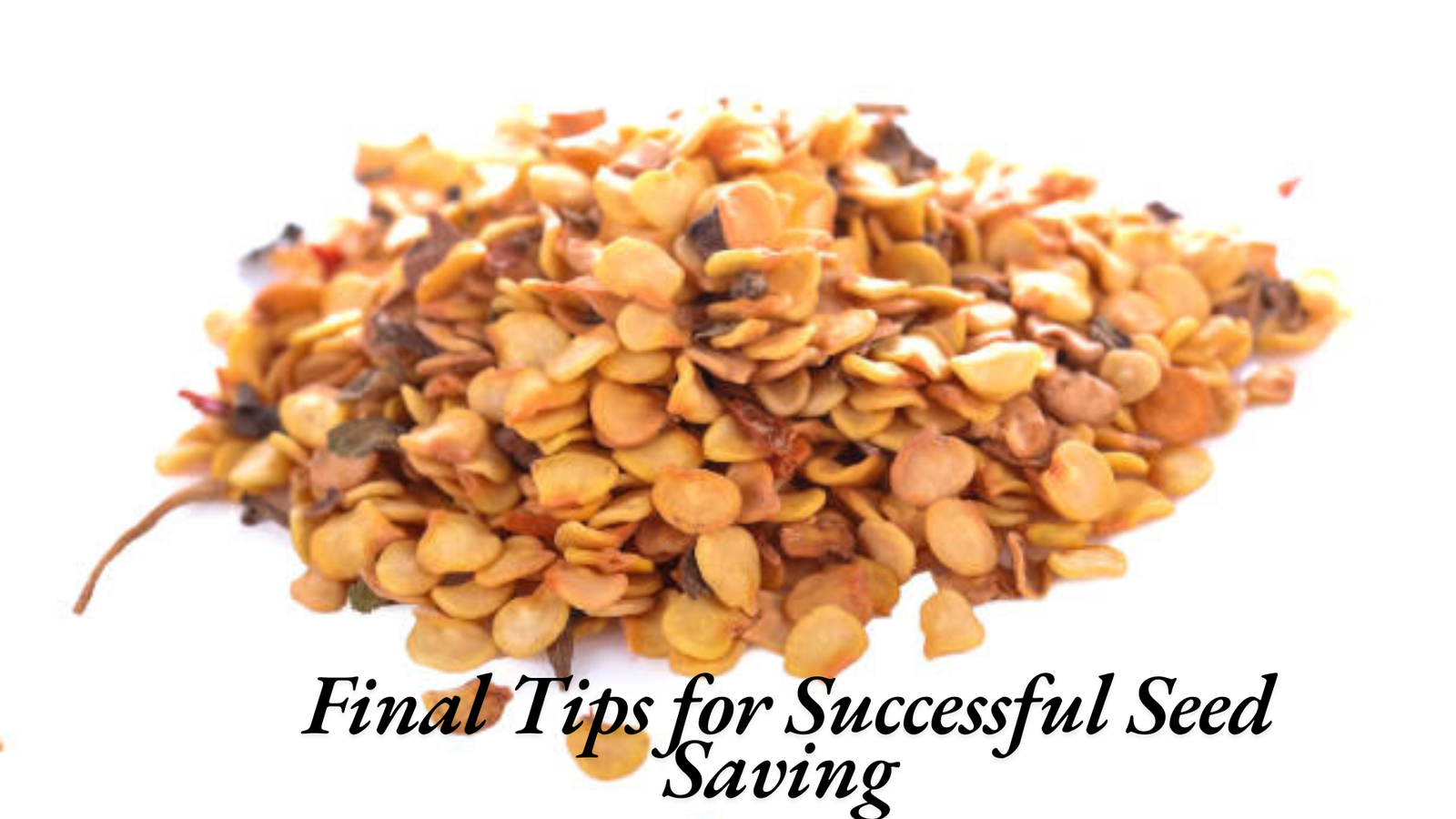
Also, always plan your pepper seed planting time ahead. Early spring is best in most U.S. zones. Starting your peppers indoors provides them with an early start. Later, transplant them outside after frost. That’s how you’re growing peppers from saved seeds the smart way.
Conclusion
Learning how to save pepper seeds is simple and rewarding. You save money, grow stronger plants, and protect rare varieties. Every step counts, from understanding how to break-test a seed to safe seed sterilization methods. By knowing the difference between green and red peppers and the value of air-drying pepper seeds, you’ll master the art of seed saving. Don’t let this year’s garden go to waste—save your pepper seeds and start preparing for a fresh harvest next season!
FAQs
1. How do I save pepper seeds for next year?
Scoop seeds from fully ripe peppers, air-dry them, and then store them in a cool, dry, labeled container.
2. Do I need to dry pepper seeds before storing?
Yes, drying pepper seeds is essential to prevent mold and ensure long-term storage.
3. Can I plant pepper seeds from a fresh pepper?
You can, but it’s best to dry them first to boost the germination rate of pepper seeds.
4. Which types of peppers should you avoid saving seeds from?
Avoid saving seeds from hybrid peppers or diseased plants, as they won’t grow true or may carry issues.
5. Is a pepper still edible if the seeds are brown?
No, brown seeds often indicate they’re not viable pepper seeds and may not germinate.



